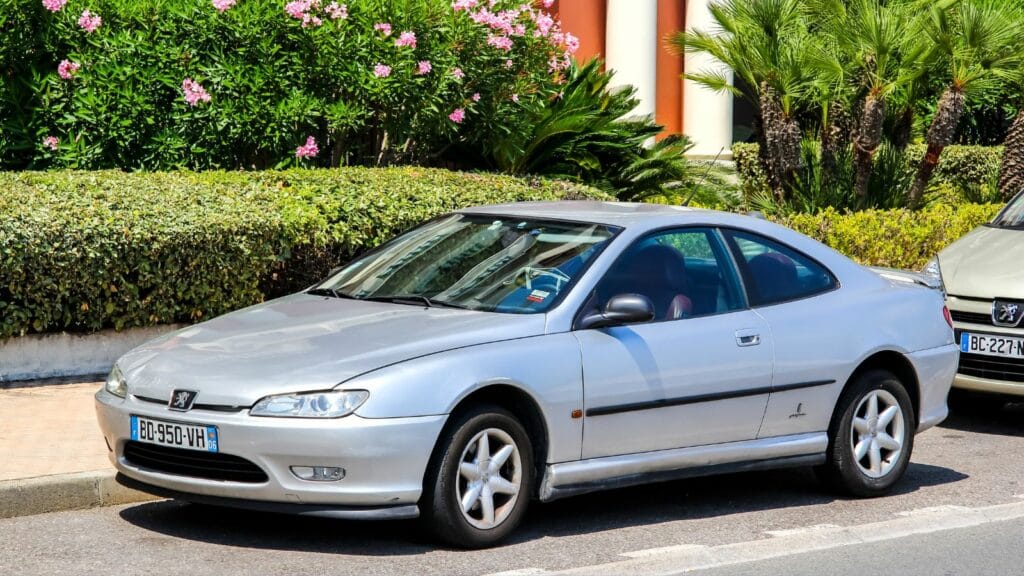Some automobiles are more than just machines. They are a slice of history that takes us back to a time when things were simpler and faster! With their potent engines, astonishing builds, and sometimes strange innovations, these 24 vintage sports cars are still as thrilling today as they were a few decades back.
1961 Jaguar E-Type
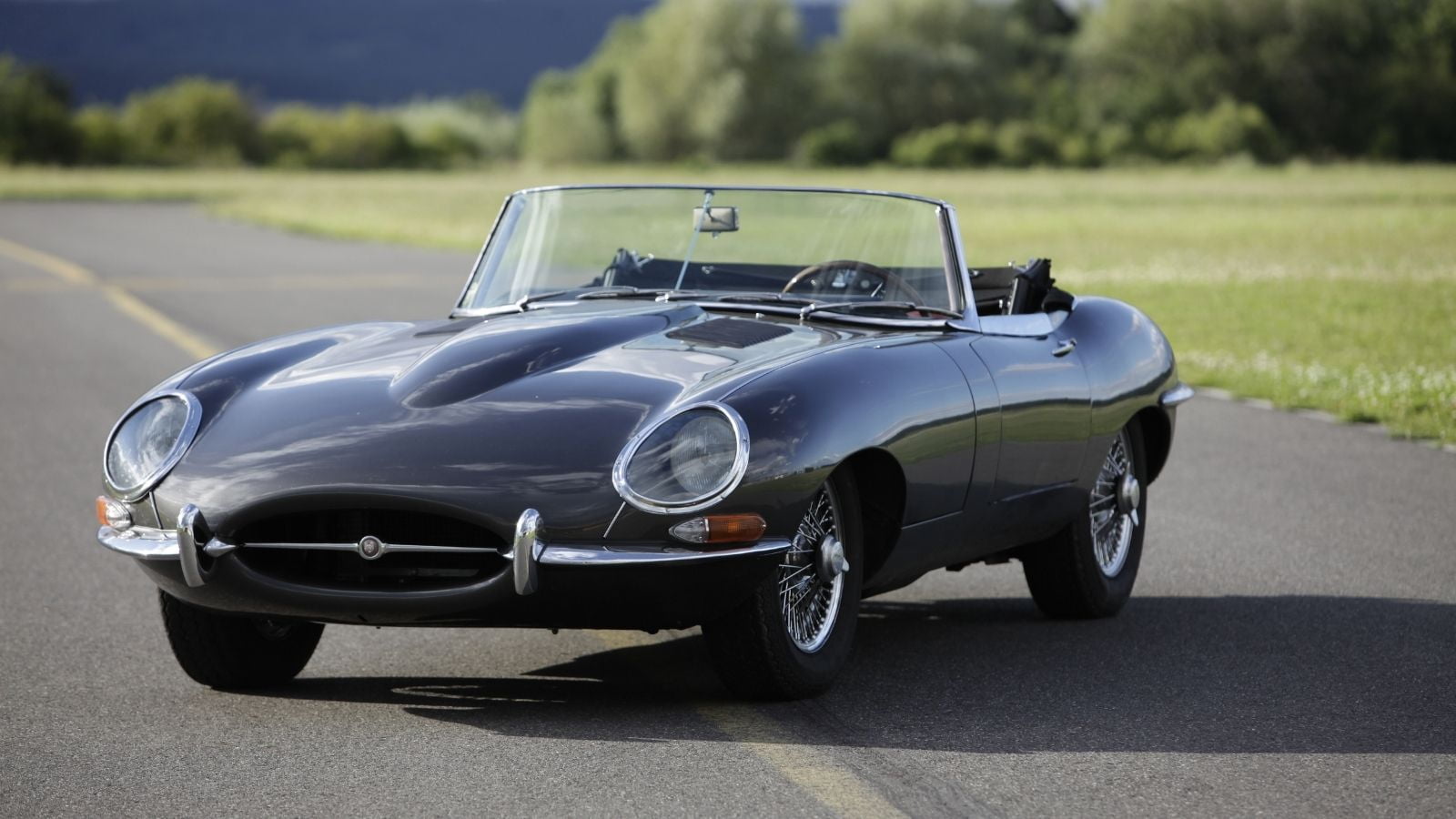
The Jaguar E-Type was so beautiful that Enzo Ferrari, of all people, once called it the most beautiful car in the history of cars. Its 3.8-liter inline-six engine was capable of 265 horsepower, which meant this cat could roam the highways at 150 mph. The first ever elegant aerodynamic design in engineering comprised a steel frame and an aluminum bonnet.
1967 Chevrolet Corvette Stingray 427
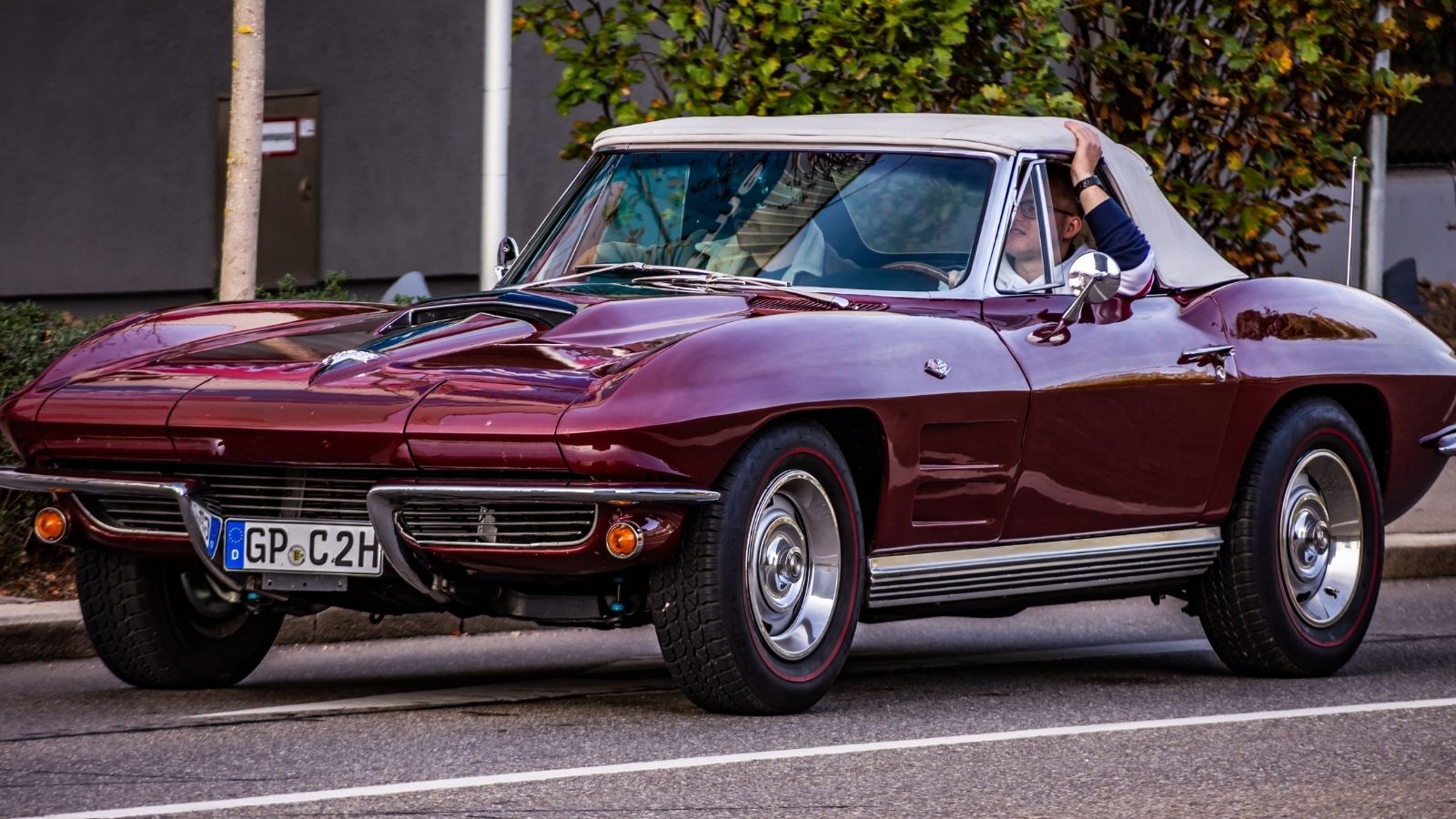
The Corvette Stingray 427 didn’t just turn heads—it practically broke necks. This American muscle car boasts a 7.0-liter V8 engine that churns out 435 horsepower and can hit 60 mph in just 5.6 seconds. The fiberglass body was revolutionary, offering both reduced weight and durability. It wasn’t just about looks, though; this car had a massive presence on the track, winning accolades in various endurance races. The ’67 Corvette featured a vacuum-operated hidden headlight system, a futuristic touch for its time.
1973 Porsche 911 Carrera RS
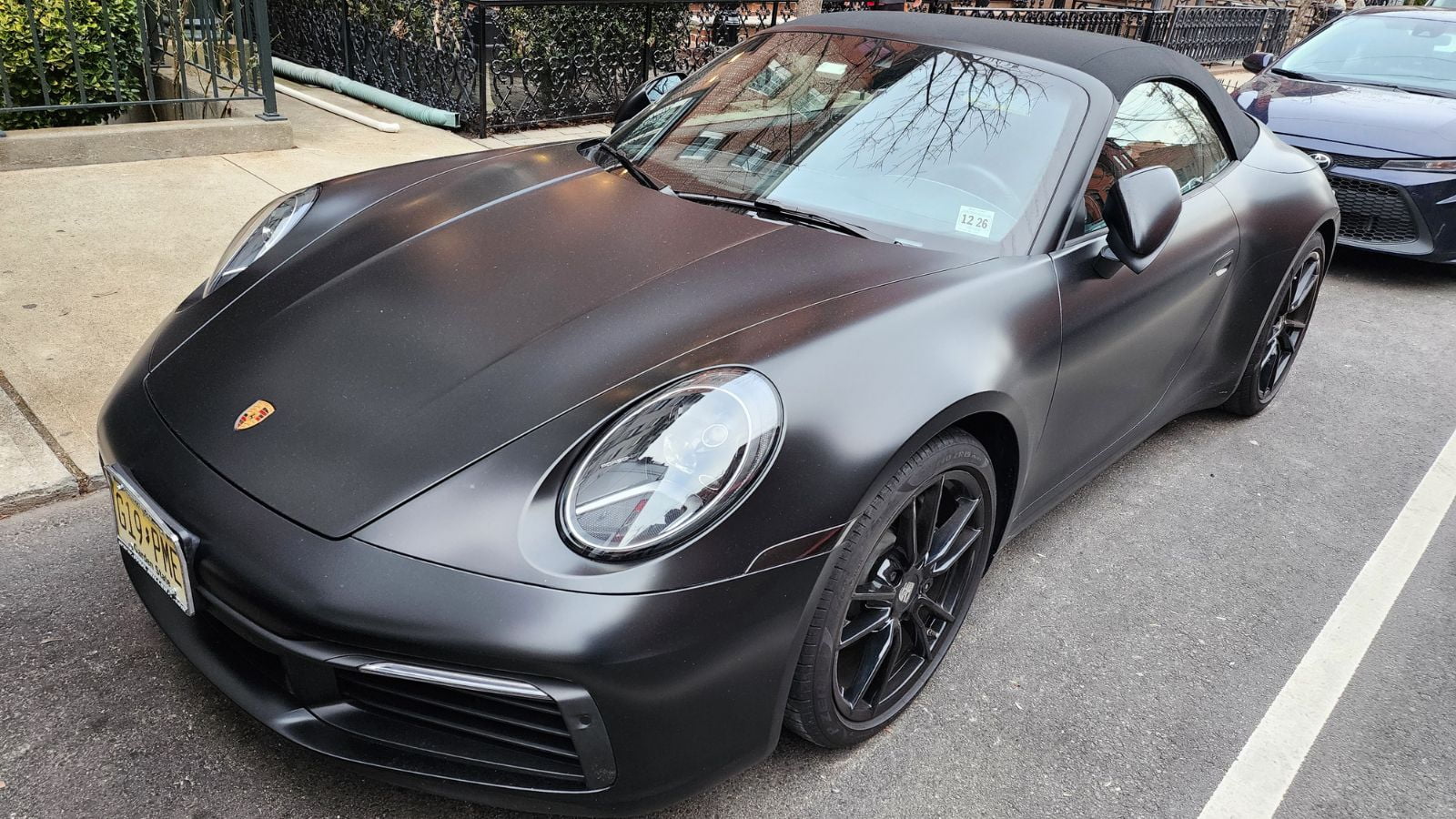
If there’s one car that can represent the phrase ‘age cannot wither,’ it is the Porsche 911 Carrera RS. It sported a 2.7L flat-six engine rated at 210 hp, which might look tame today but was the cat’s whiskers in the 1970s! The RS from the name is, in fact, an abbreviation for Rennsport, which translates to racing sport. That duckbill was not just a design element, as it helped cut down on lift at speed.
1969 Ford Mustang Boss 429
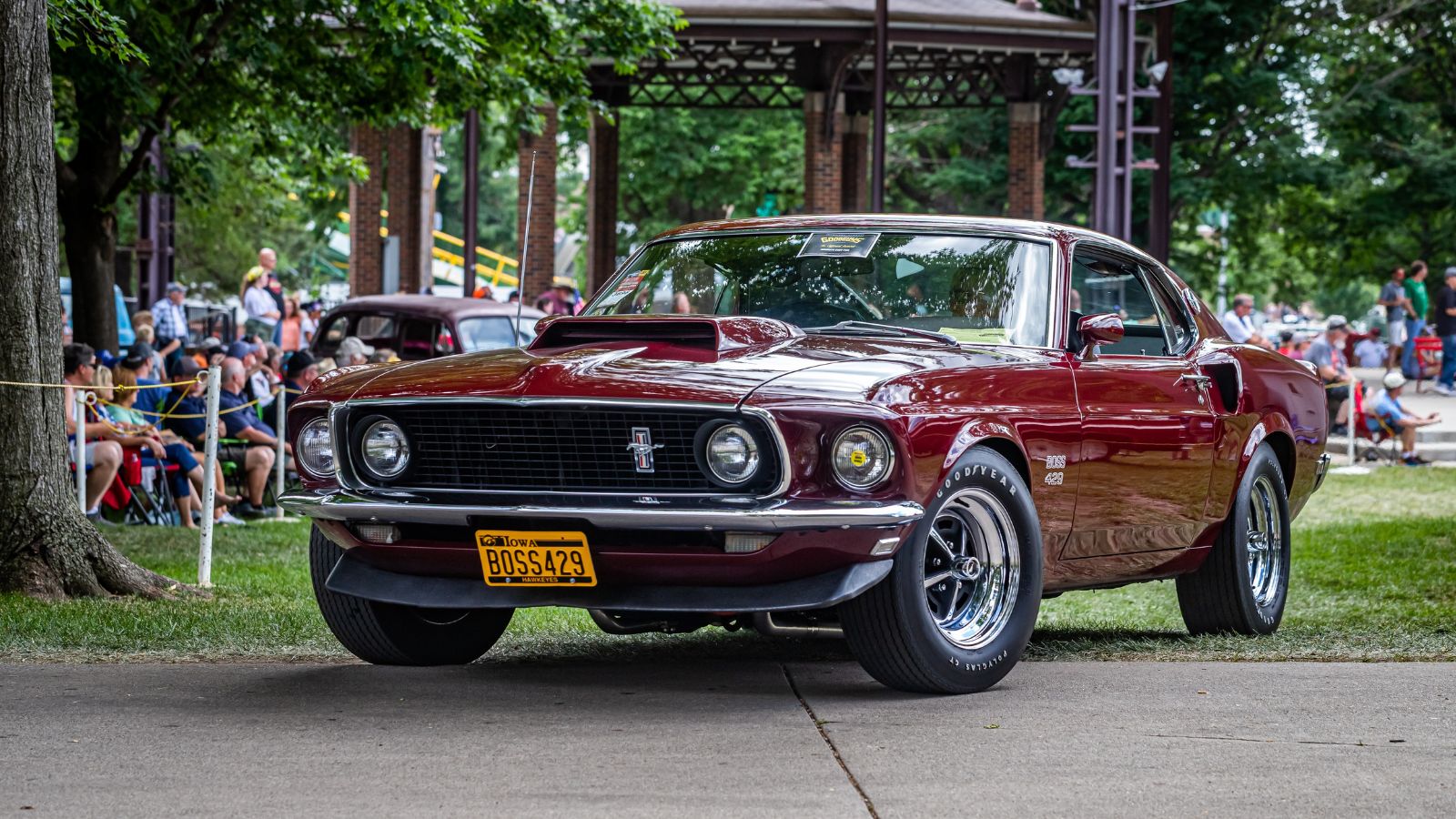
“The Boss” is well-suited for this Mustang. The Ford Mustang Boss 429 is a legendary muscle car powered by a massive 429 cubic inch V8 engine that produces a staggering 375 horsepower. Initially designed for NASCAR competition, although it never raced in the series, the Boss 429’s potent engine and agile handling make it a formidable performer on the street. It accelerates from 0 to 60 mph in an astonishing 5.1 seconds. Due to its limited production of only 859 units, the Boss 429 is highly sought after by collectors and enthusiasts.
1957 Mercedes-Benz 300 SL Gullwing
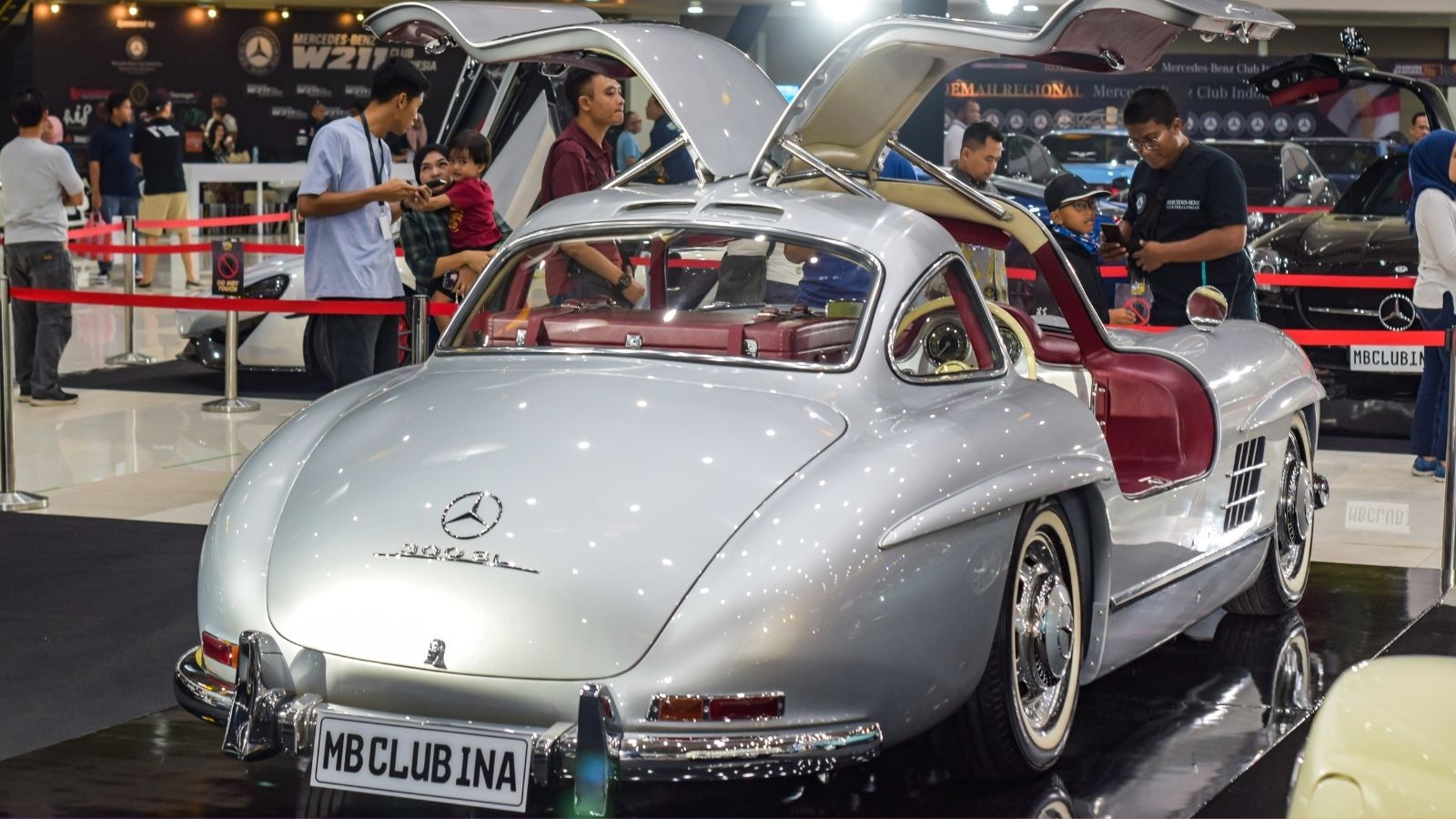
Gullwing doors are what made this car so legendary. Nevertheless, apart from the spectacular entry, the 300 SL packed a 3.0L inline-six engine that could produce 215 horsepower. Its tubular steel chassis and aluminum body made this car solid and light! The 300SL is remembered as the first automobile equipped with fuel injection, which commonly enhanced its speed to a dizzy high of 160 mph, which was very remarkable for the time.
1971 Lamborghini Miura P400 SV

The Miura is often considered the world’s first supercar, and for good reason. Its 4.0-liter V12 engine pumped 385 horsepower, allowing it to sprint to 60 mph in under 6 seconds. The SV model came with wider rear fenders and improved suspension, offering superior handling. Built from steel and aluminum, it was as fast as light. The Miura’s engine was mounted transversely, a first for such a high-performance vehicle, maximizing space efficiency.
1965 Shelby Cobra 427
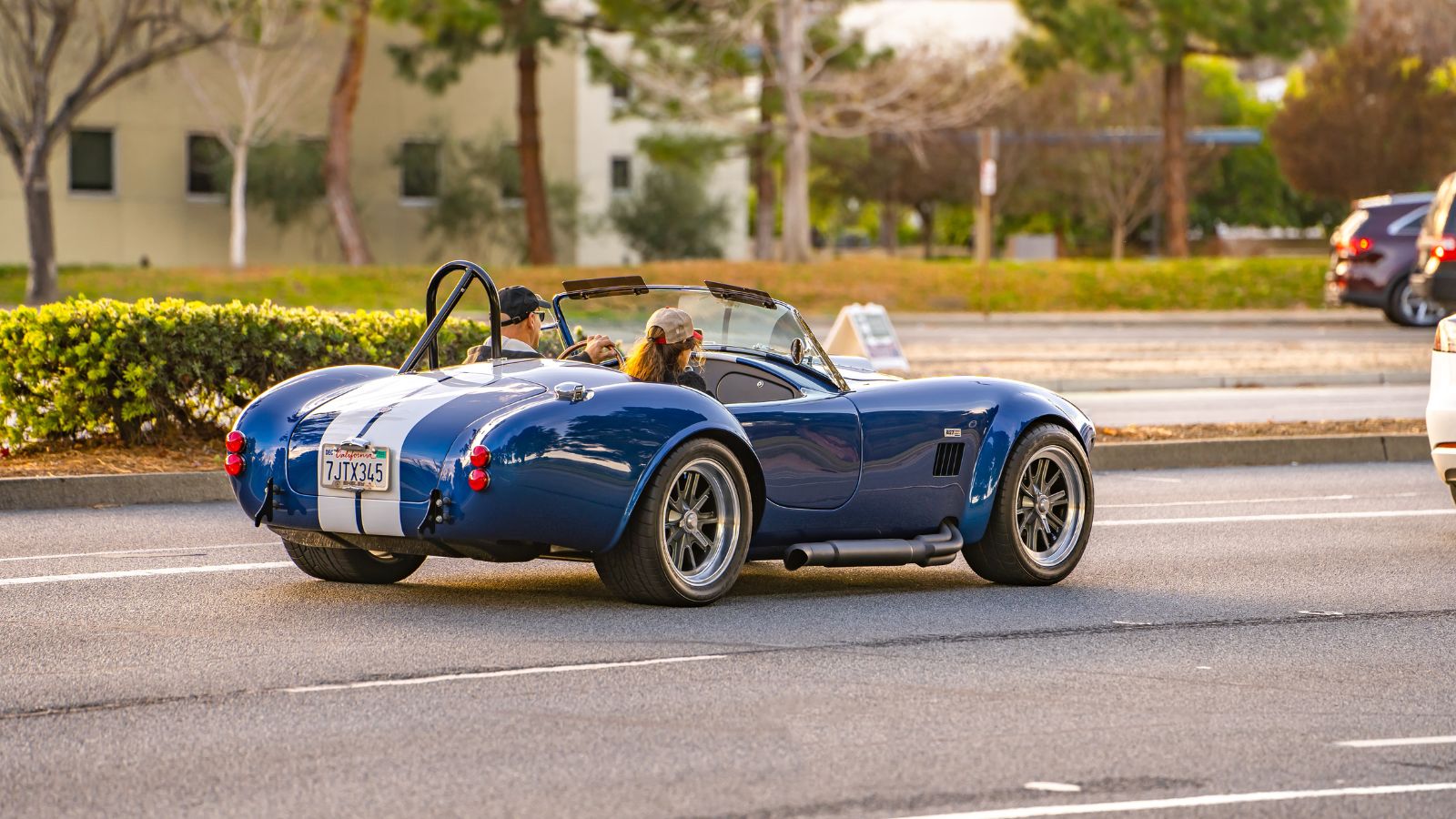
The Shelby Cobra 427 was Carroll Shelby’s great gamble against Ferrari and its racing prowess. In many ways, it was a legal race car on the streets, with its 7.0-liter V8 engine churning out 485 horsepower. Moreover, the body was made of aluminum, which propelled it from a standstill to 60mph in 4.3 seconds, a feat that still turns heads today. Shelby intended to put in a much smaller engine until he went for a test drive and said, “I think we need more power,” and the 427 was created.
1970 Dodge Challenger R/T HEMI
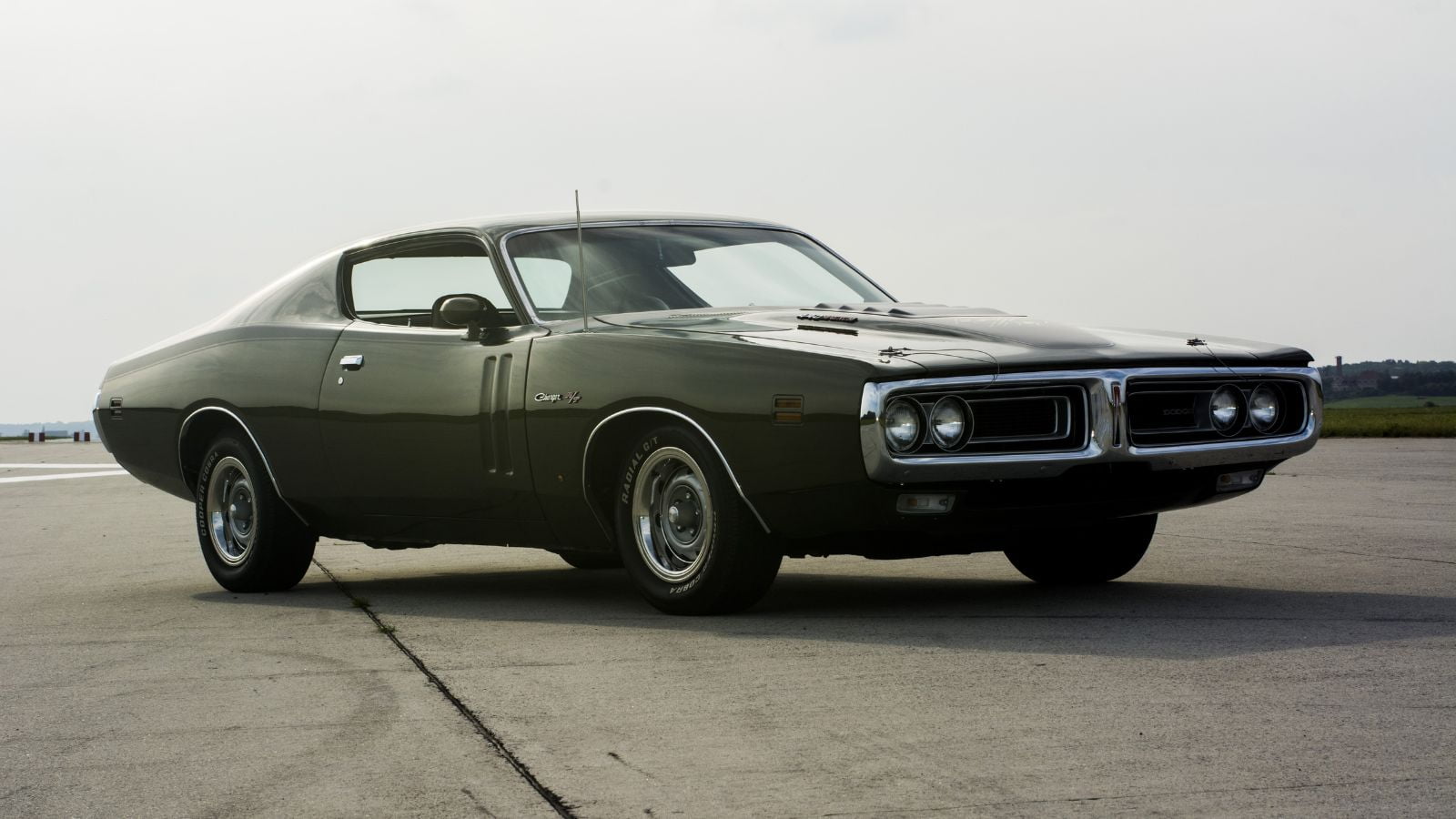
The Dodge Challenger R/T, powered by a legendary 426 HEMI V8 engine capable of producing an astonishing 425 horsepower, was a beloved muscle car. It reached 60 mph in just 5.8 seconds. Despite its substantial power output, the Challenger R/T’s steel body remained remarkably durable, capable of handling the strain without compromising its performance. Its iconic design, available in striking colors like Plum Crazy and Go Mango, further solidified its status as a classic American muscle car.
1963 Ferrari 250 GTO
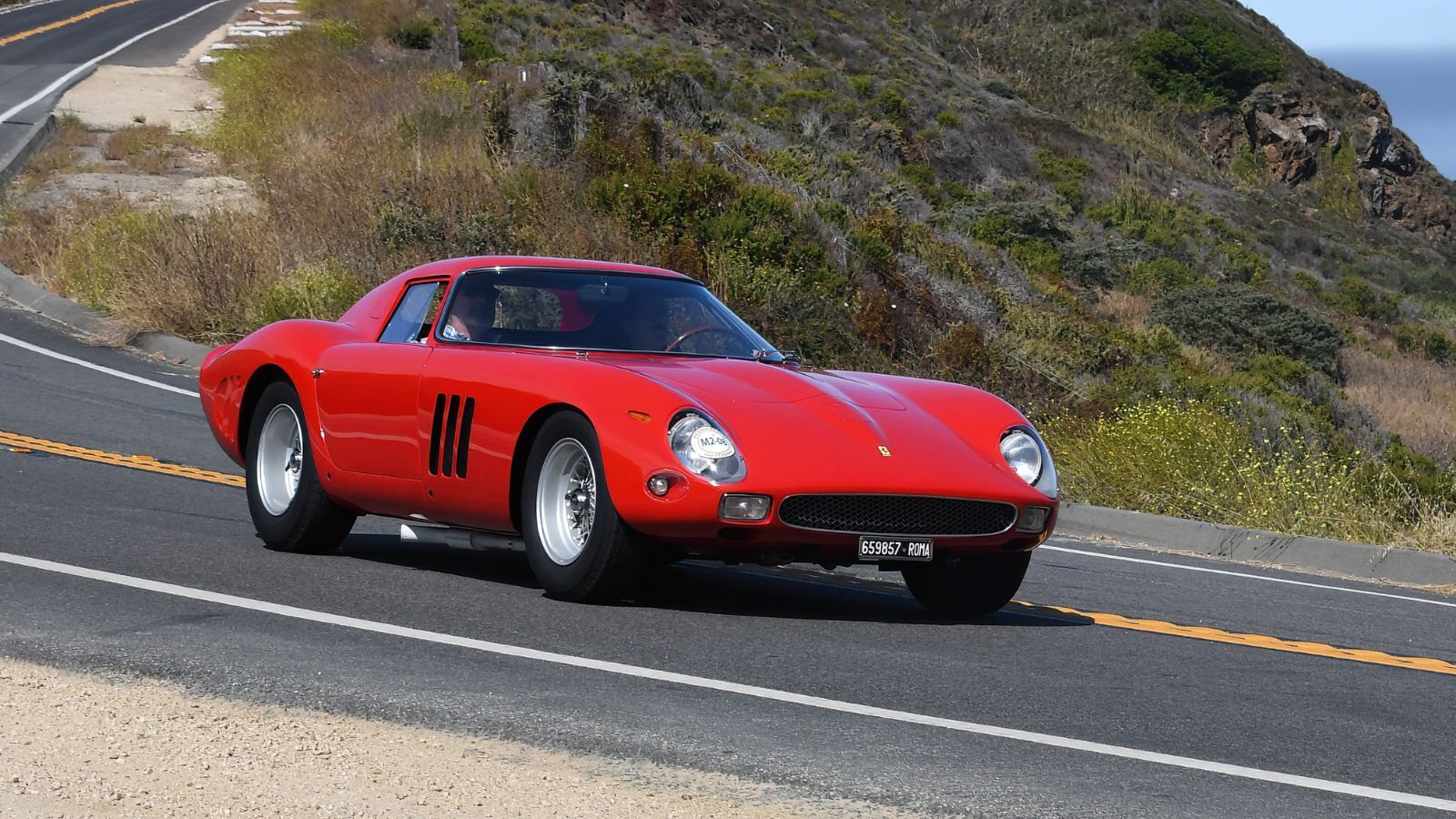
A Ferrari 250 GTO is a piece of history. Popular among collectors, this coupé, built between 1962 and 1964 with only 36 units, features a 3.0 l V12 engine with 300 horsepower. The aluminum body construction allowed this vehicle to reach impressive top speeds of 174 mph. The 250 GTO was so priceless that even Ferrari examined and sanctioned every buyer.
1987 Buick GNX
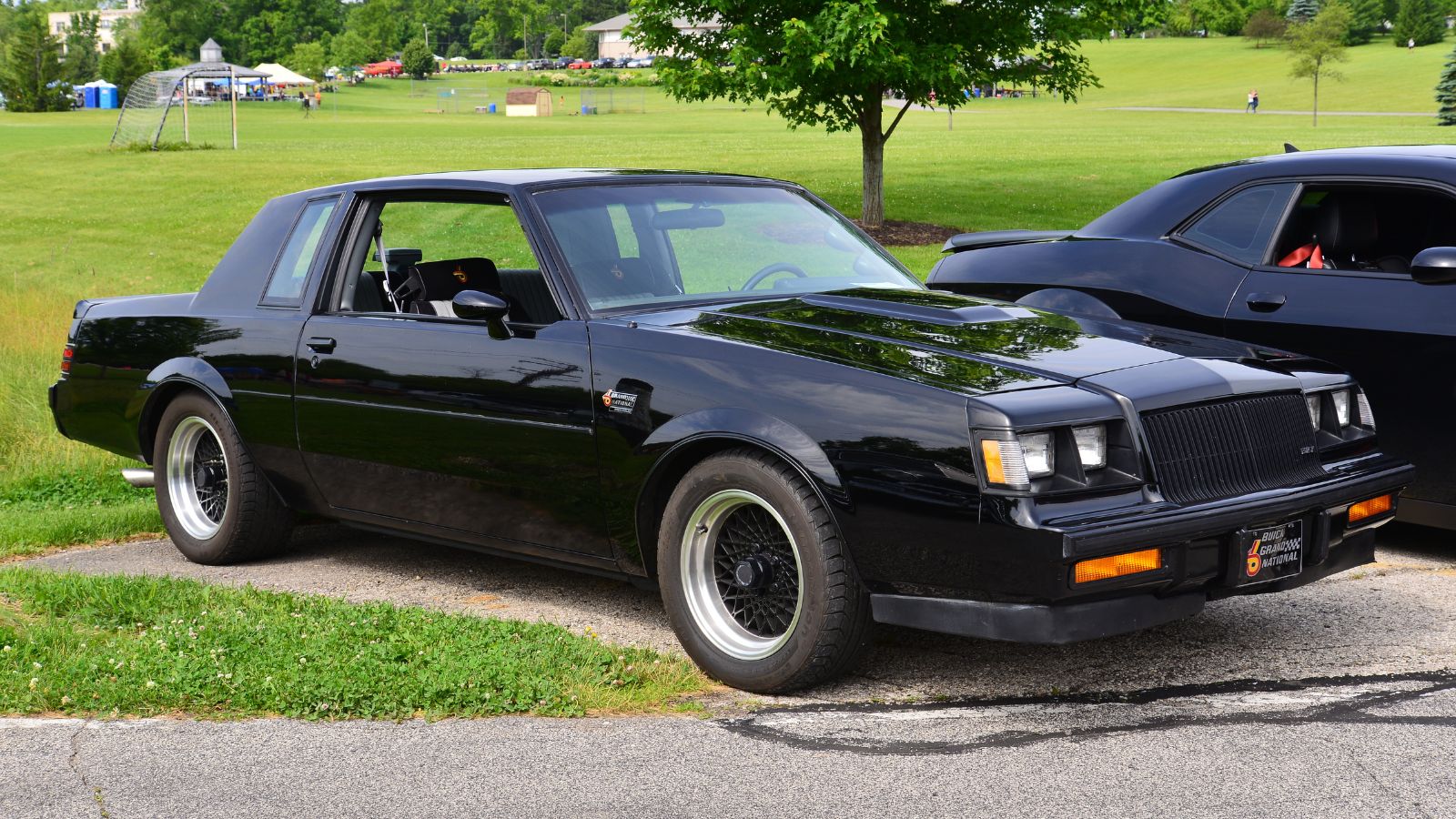
Do not be deceived by its rather plain-looking box-shaped design; the Buick GNX was an undercover missile. The turbo V6 3.8L engine delivered 275 horsepower and 360 lb-ft of torque, enabling it to go from 0 to 60 in only 4.7 seconds. At the time, the GNX was even quicker than most Ferraris and Porsches, which perplexed many owners of those exotic vehicles.
1962 AC Cobra
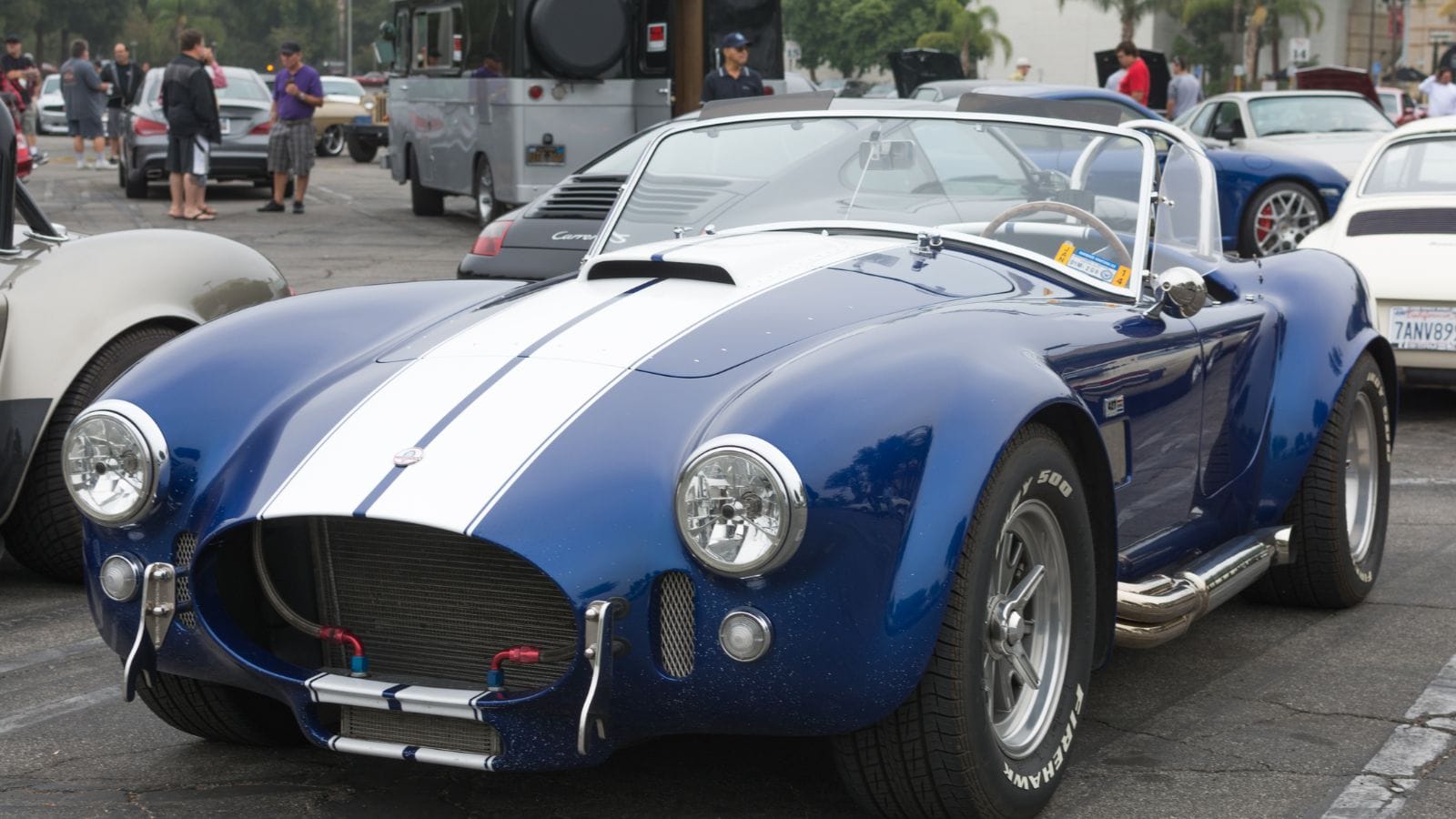
The AC Cobra combined British chassis engineering with raw American V8 power. Its 4.7-liter engine produced 355 horsepower, allowing it to hit 60 mph in 4.2 seconds. The body was lightweight aluminum, making it as agile as fast. Fun fact: The Cobra’s blistering acceleration and handling helped it win numerous races against much more expensive competitors.
1968 Alfa Romeo 33 Stradale
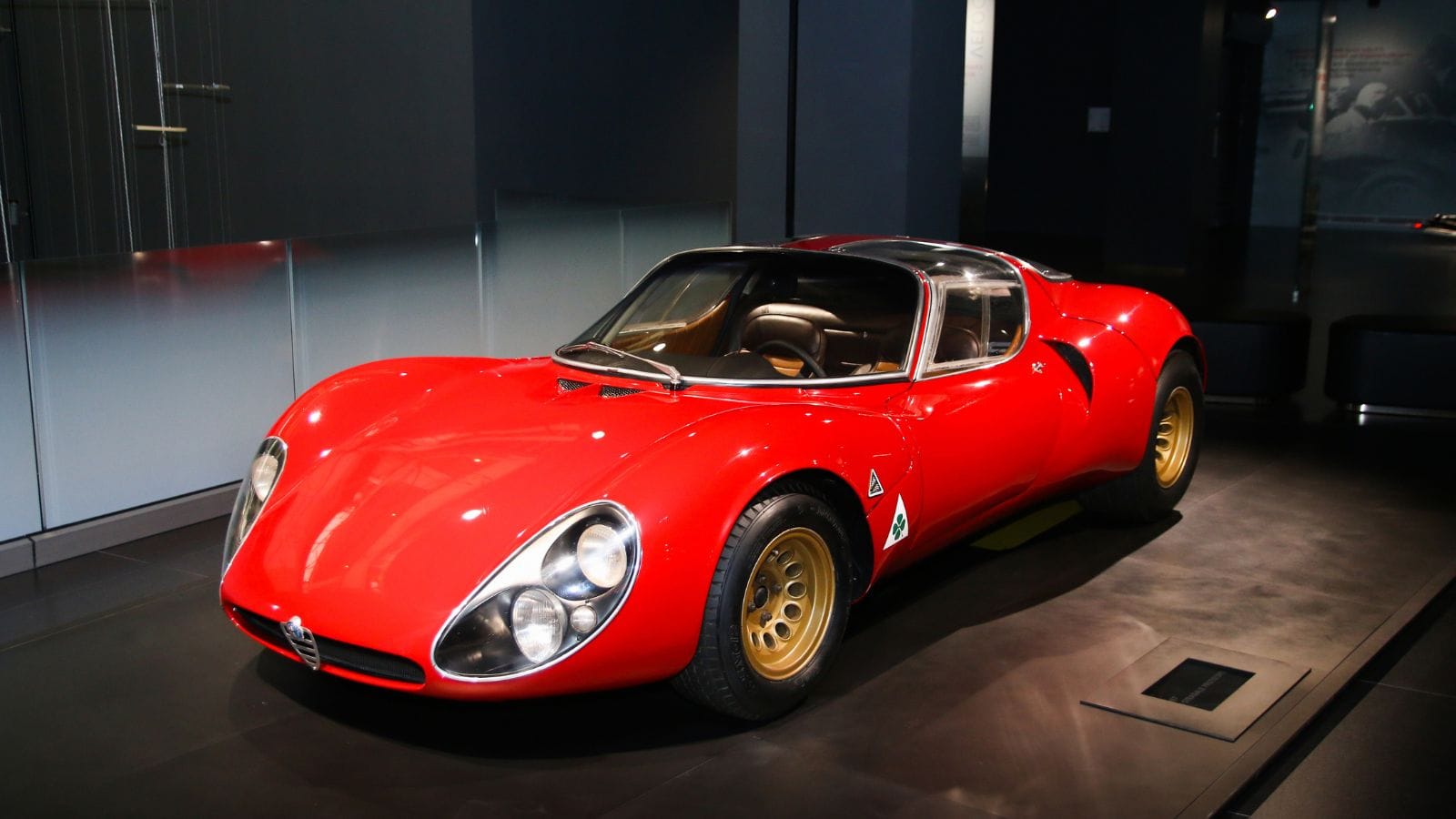
With a design that resembles a sculpture rather than a vehicle, the 33 Stradale is amongst Alfa Romeo’s most stunning models. This car was fitted with a 2.0-liter V8 230 hp engine. The body was made of thin aluminum, which added to the car’s designed speed and agility. This car is so breathtaking that only 18 were ever produced, and each took roughly 300 hours to make by hand.
1969 Maserati Ghibli 4.7

Named after the gust of wind from a desert, the Maserati Ghibli 4.7 had a 4.7-liter V8 engine of 306 horsepower that allowed it to reach a top speed of 165 mph. It also had a dry-sump lubrication system, which was also used in racing cars but was not yet available in road cars of that period. The Ghibli 4.7 had pop-up headlights even before such features were in vogue.
1974 Lancia Stratos HF
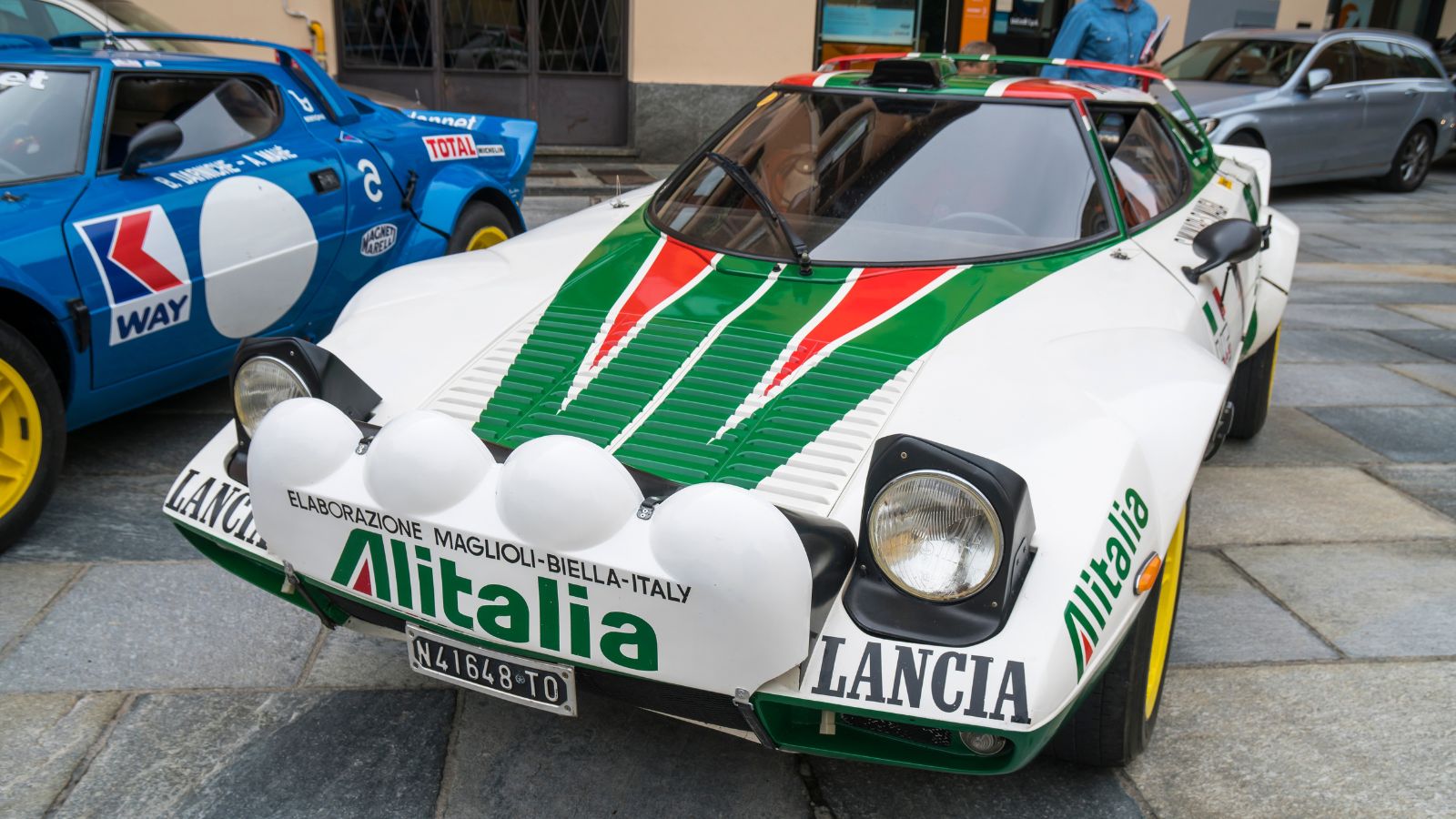
The first car ever to be specifically developed for rally racing, the Lancia Stratos was an indomitable vehicle sport in the 1970s. It was driven by a nauseating 2400cc Ferrari V6 engine that developed 190 horsepower. However, due to its short wheelbase and weight, which was slightly more than 2000 lbs, the car was very agile. The car had a fiberglass chassis and was lightning quick, winning the World Rally Championship thrice in a row.
1976 Ferrari 308 GTB
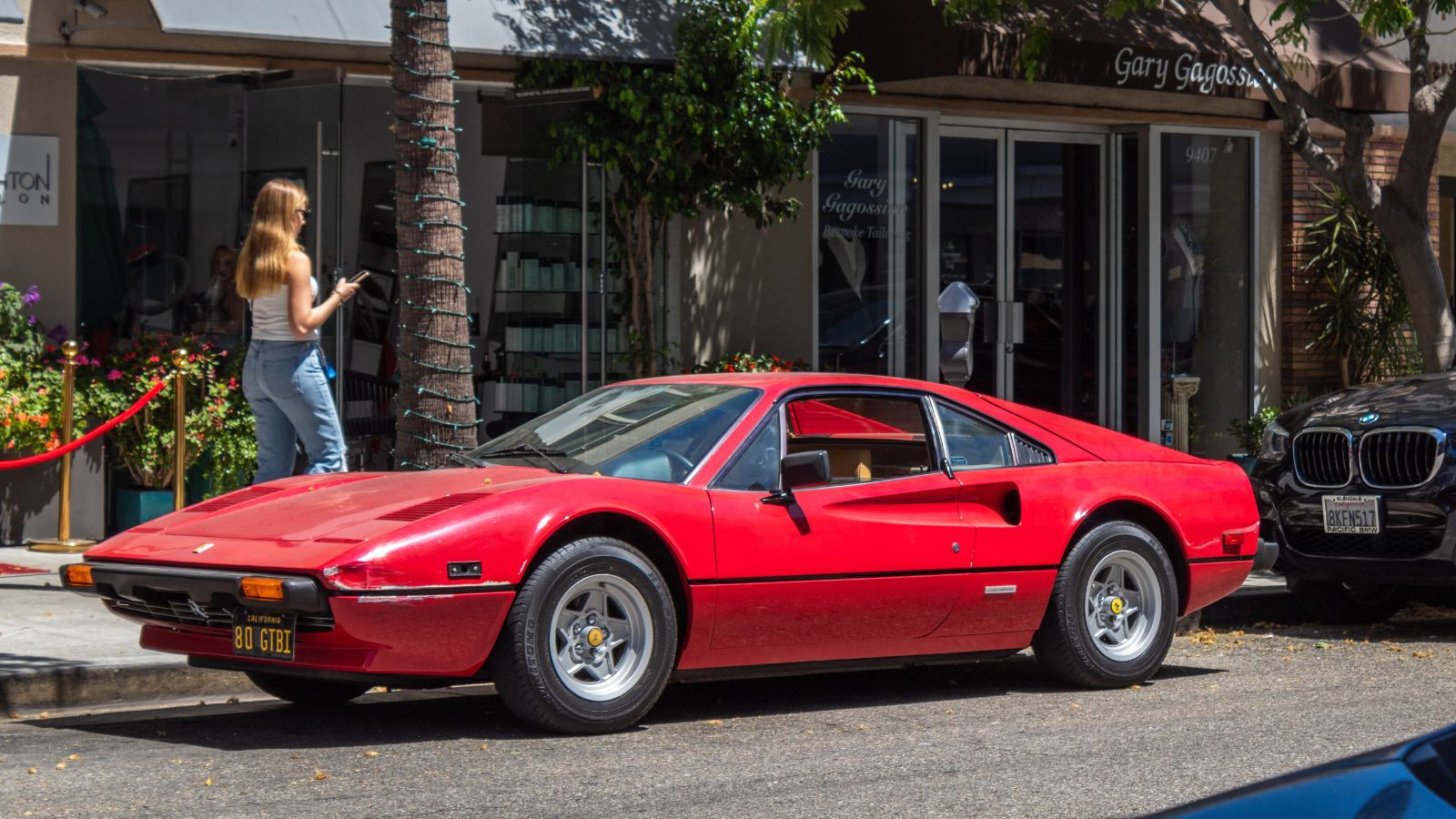
The iconic Ferrari 308 GTB, famously driven by detective Magnum P.I. on television, is powered by a 2.9-liter V8 engine that produces 252 horsepower. Its lightweight fiberglass body shell, a pioneering feature in Ferrari models, contributes to its impressive performance and handling. The 308 GTB’s speed, agility, and timeless design have made it a highly sought-after classic car. Interestingly, it was the first Ferrari to use a transverse mid-engine layout, resulting in improved weight distribution and enhanced handling.
1984 Audi Sport Quattro

The Audi Sport Quattro changed the rallying world with its revolutionary all-wheel-drive system. Powered by a 2.1-liter turbocharged inline-five engine producing 306 horsepower, this car could reach 60 mph in just 4.8 seconds. Its body was made from carbon-Kevlar to reduce weight and increase durability. Audi’s Quattro technology became the gold standard in rally racing, and today’s AWD systems owe much to the innovations from this car.
1989 BMW Z
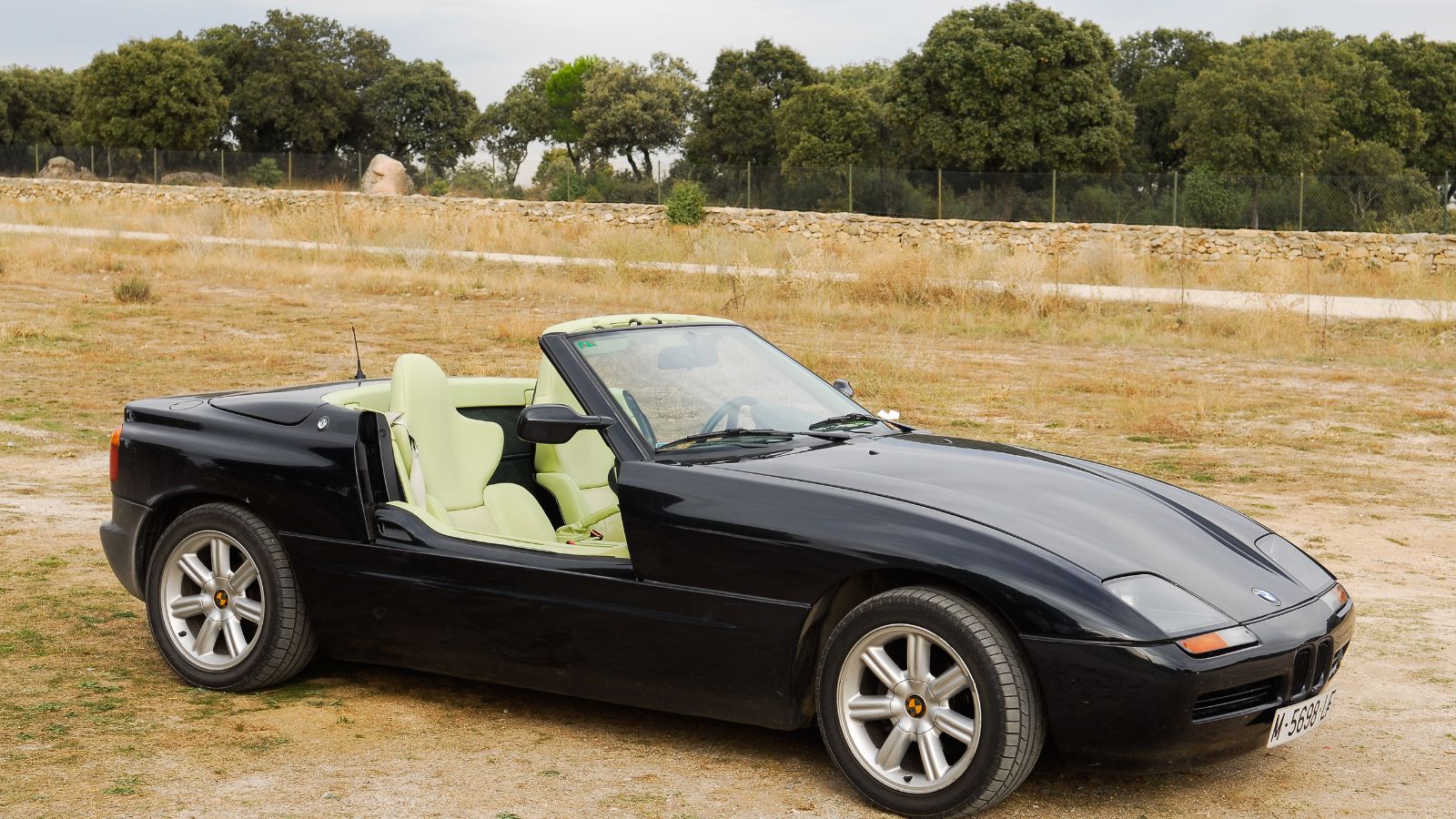
While the BMW Z1 may not boast the exact horsepower figures as some competitors, its innovative design compensates for its modest power output. The Z1’s lightweight plastic body panels and unique scissor doors contribute to its agile handling and distinctive character. Although not designed for pure speed, the Z1’s modular design, allowing for quick removal and installation of body panels in under 40 minutes, remains a fascinating aspect of this iconic vehicle.
1973 De Tomaso Pantera
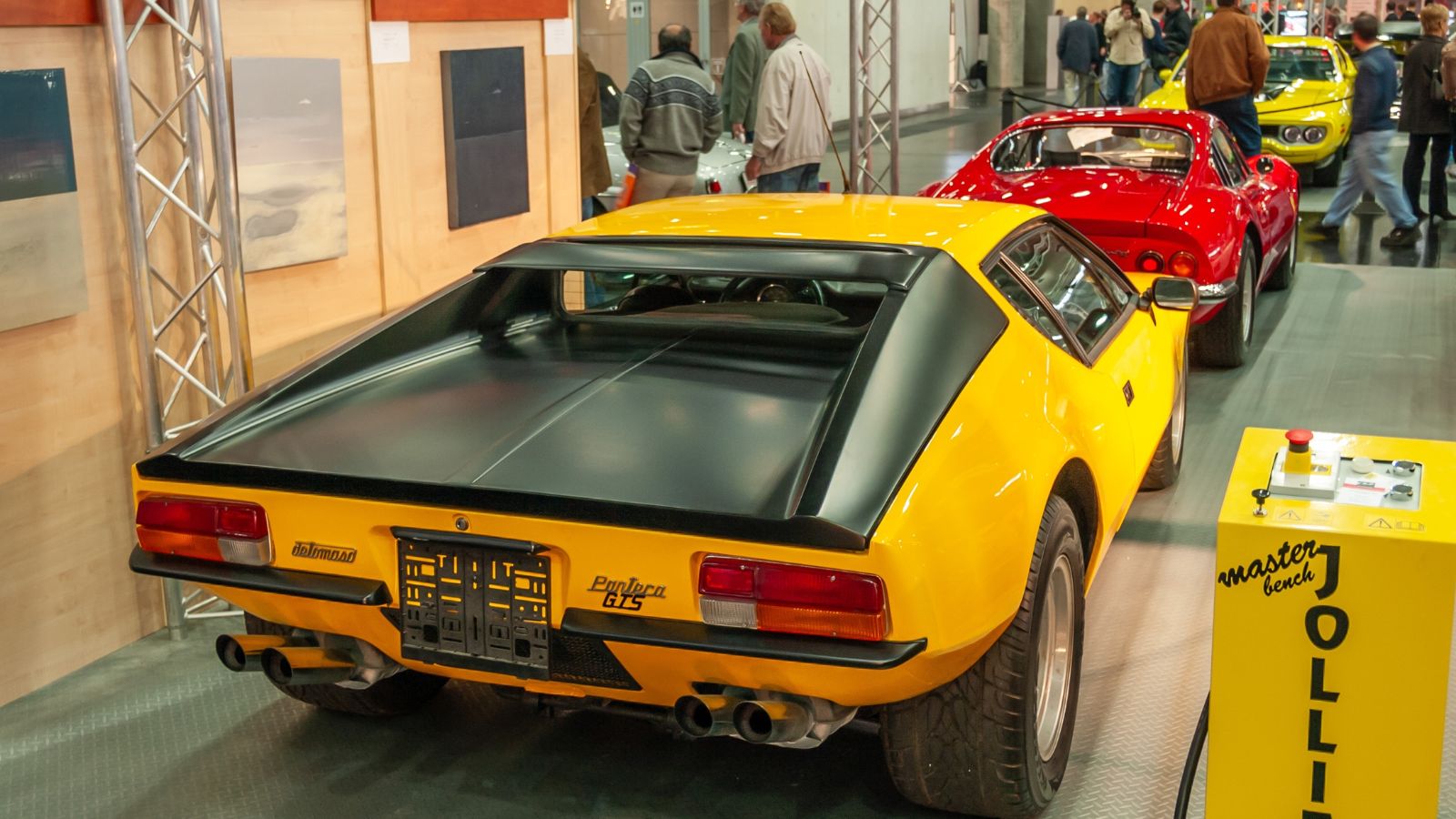
The De Tomaso Pantera is a striking blend of American muscle and Italian design. Powered by a 5.8-liter Ford V8 engine producing 330 horsepower, it can accelerate from 0 to 60 mph in just 5.5 seconds. Its lightweight steel monocoque body provides a solid and agile platform, ensuring exceptional performance. The Pantera’s allure was so strong that even Elvis Presley owned one.
1964 Aston Martin DB5
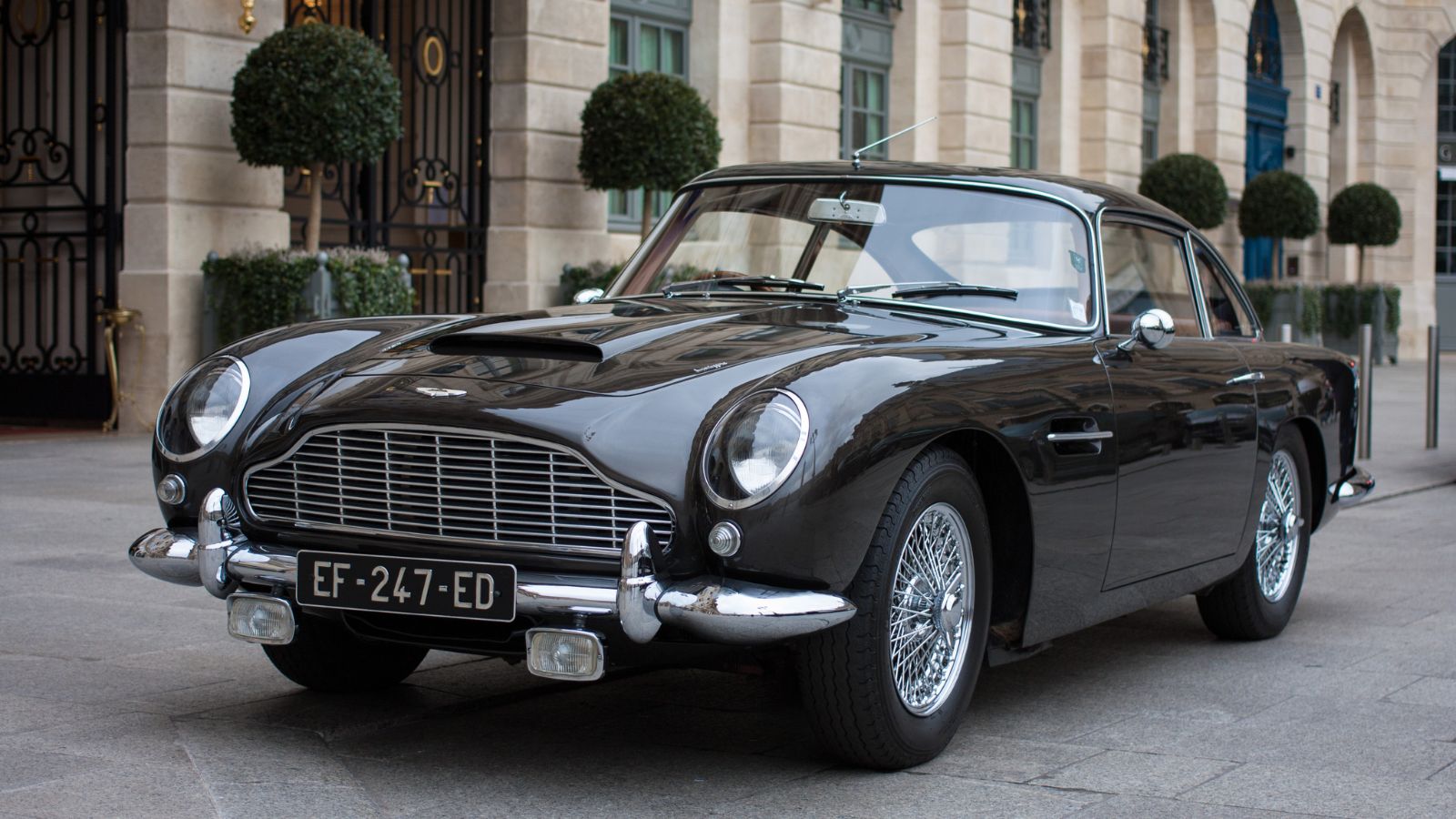
Made famous by James Bond, the Aston Martin DB5 is as iconic as its secret agent driver. With a 4.0-liter inline-six engine generating 282 horsepower, the DB5 could reach up to 145 mph speeds. Its aluminum body panels were lightweight, ensuring the car maintained its agility. The DB5 used in the Bond films had various “spy” modifications, like machine guns and ejector seats—though, unfortunately, you won’t find those in the actual models.
1987 Ferrari F40
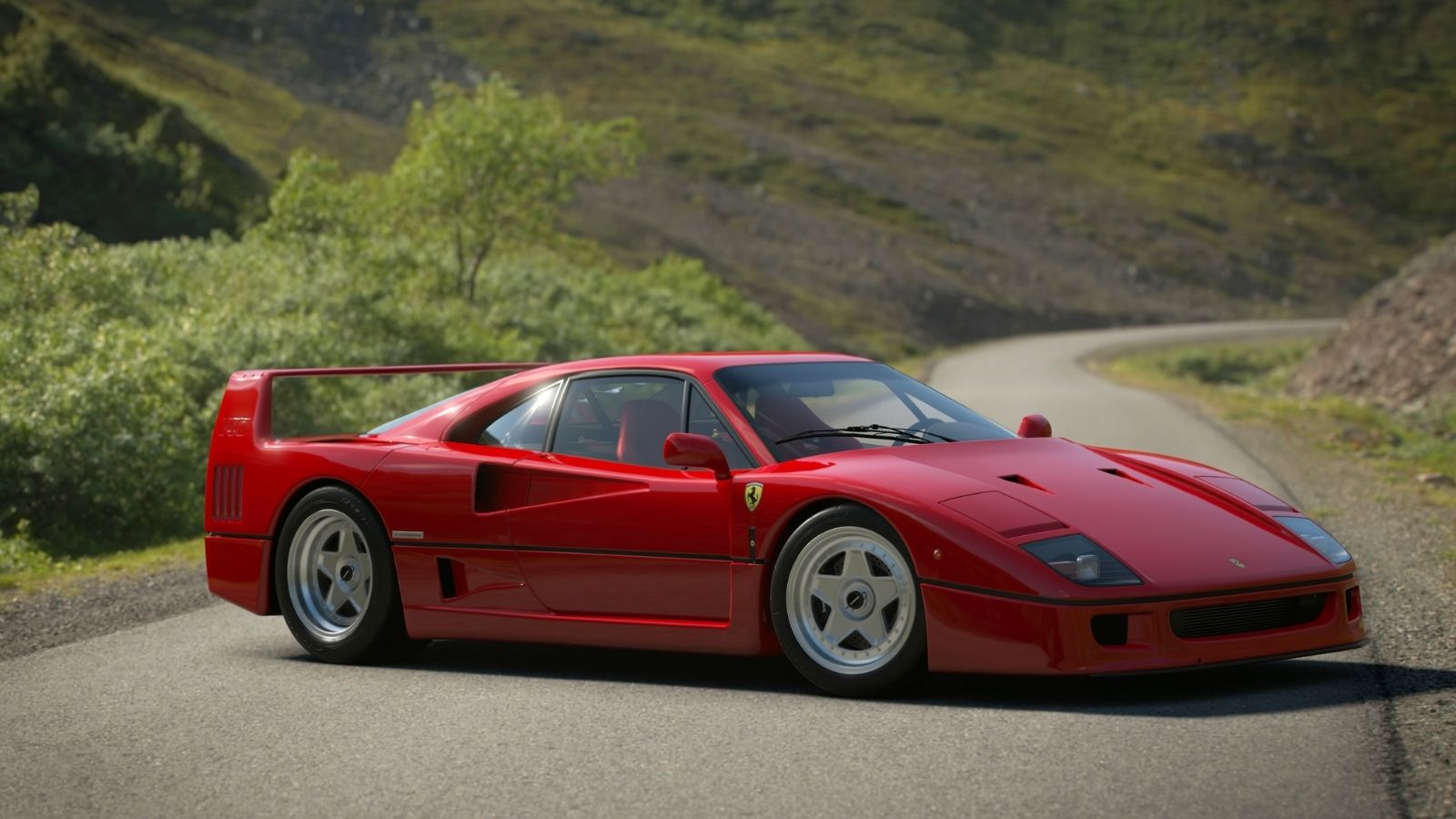
The Ferrari F40, the final car approved by Enzo Ferrari before his passing, is a legendary automotive masterpiece. Its twin-turbocharged 2.9-liter V8 engine delivers an astonishing 471 horsepower, propelling the F40 to a top speed of 201 mph, making it the first commercially available car to break the 200 mph barrier. The F40’s body is meticulously crafted from Kevlar, carbon fiber, and aluminum, resulting in exceptional strength and lightweight construction. The manufacturer eliminated unnecessary features like carpeting and a radio system to reduce weight further and enhance performance.
1986 Porsche 959
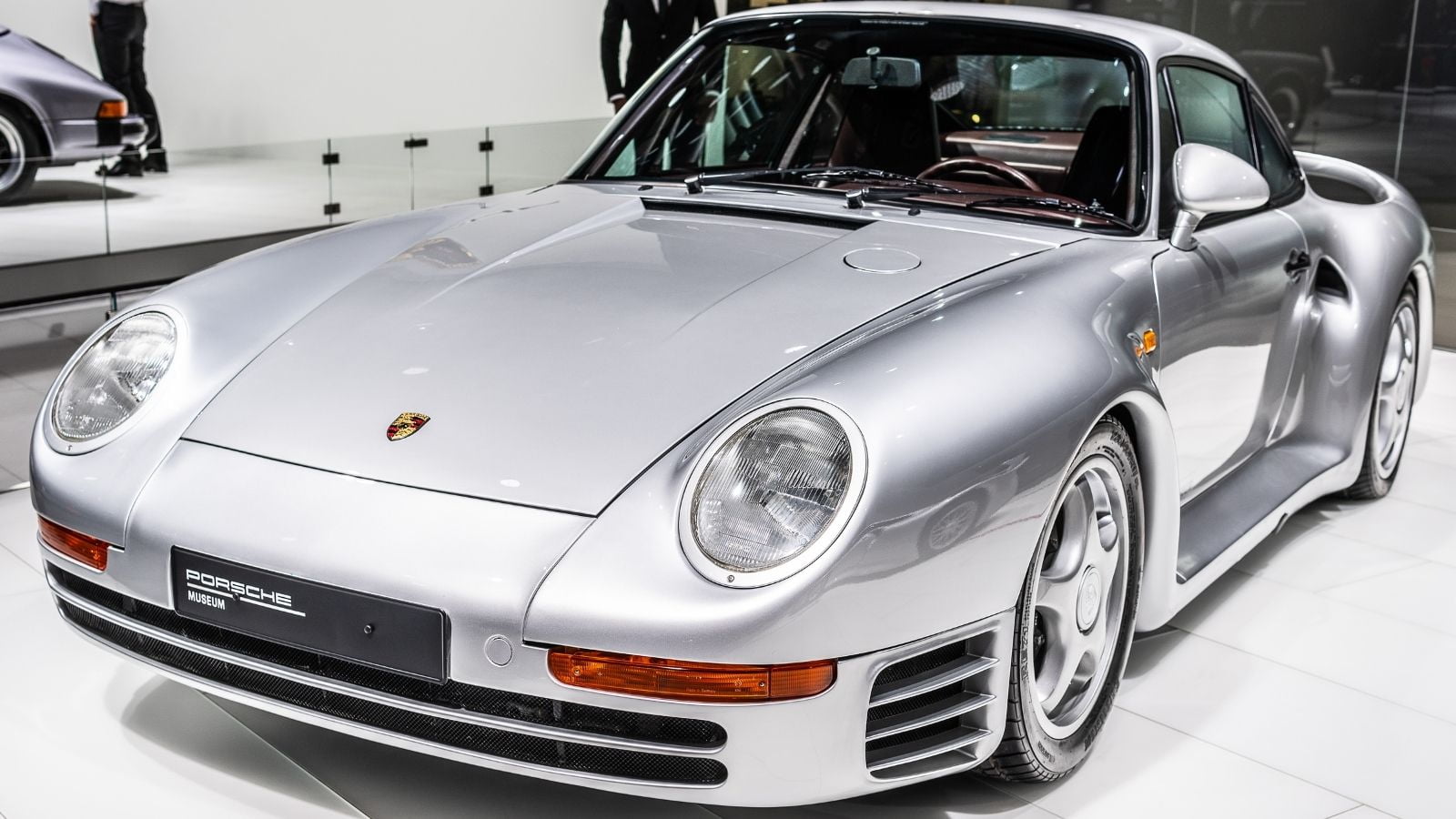
The Porsche 959 was a technological marvel, with a 2.85-liter twin-turbo flat-six engine that produced 444 horsepower. Its advanced all-wheel-drive system and supercar-like performance, including a top speed of 197 mph, made it a true pioneer. The 959’s lightweight composite body was constructed from a special aluminum-Kevlar alloy. The 959 was so technologically superior that it took Porsche nearly 17 years to develop a successor capable of surpassing its performance, the Carrera GT, which finally arrived in 2003.
1990 Lamborghini Diablo
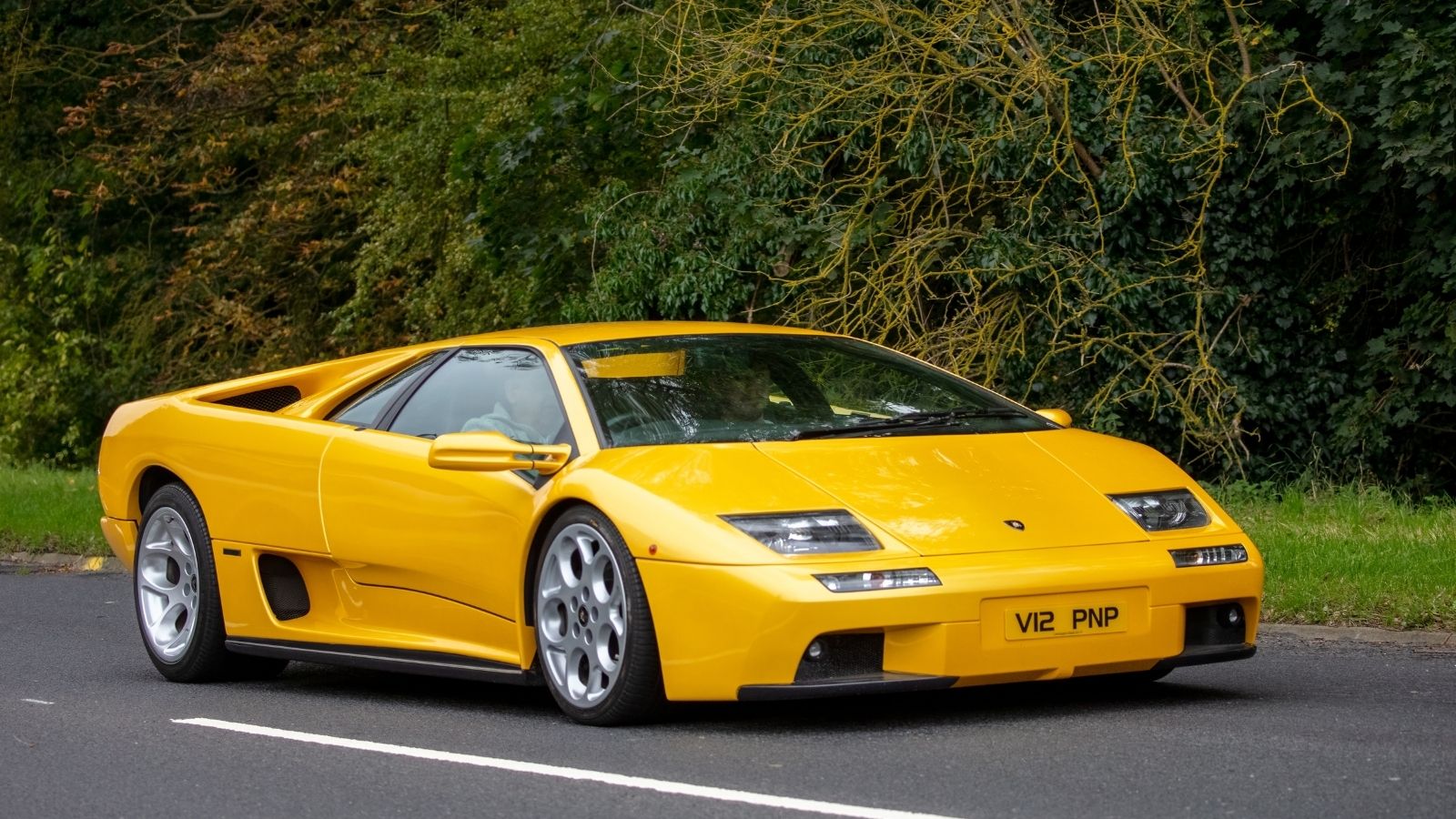
In keeping with its diabolical moniker, the Lamborghini Diablo was powered by a 5.7-liter V12 that generated 485 horsepower. It shot to 60mph in only 4.5 seconds and reached a maximum speed of 202mph. The Diablo was the first Lamborghini supercar to feature a transverse engine and four-wheel drive, which transformed the brand’s performance architecture.
1989 Mazda RX-7 FC Turbo II
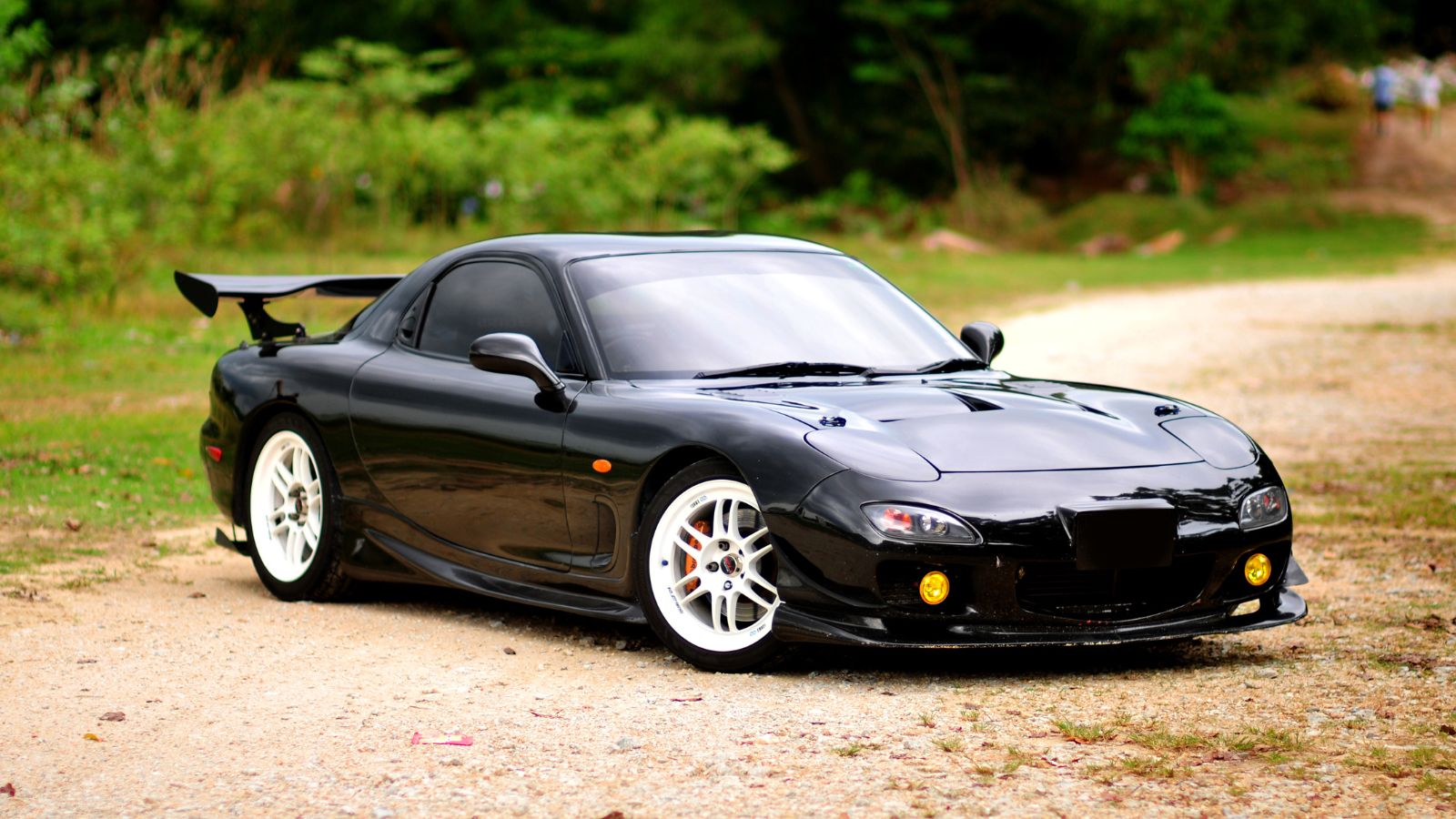
The RX 7 FC Turbo II was one of the most balanced cars of that time. It was lightweight and had a perfect 50:50 weight ratio. It was quick, agile, and powered by a 1.3-liter, 182-horsepower rotary engine. The structure used steel and aluminum, but it stood out from its piston engine foes with its rotary engine. The RX-7 rotary engine had only three moving parts, which made it tiny and light.
1991 Acura NSX

The Acura NSX was Japan’s ode to European supercars. With a 3.0-litre V6 engine producing 270 hp, it could dash from 0 to 60 mph in 5.2 seconds. Its body was aluminum, making it the first mass-produced car with an all-aluminum body. The NSX suspension was developed with the help of F1 legend Ayrton Senna, which is why it was as good as any other sports car in the world.
12 Cars That Are Known for Their Unbreakable Reliability — They Just Don’t Quit
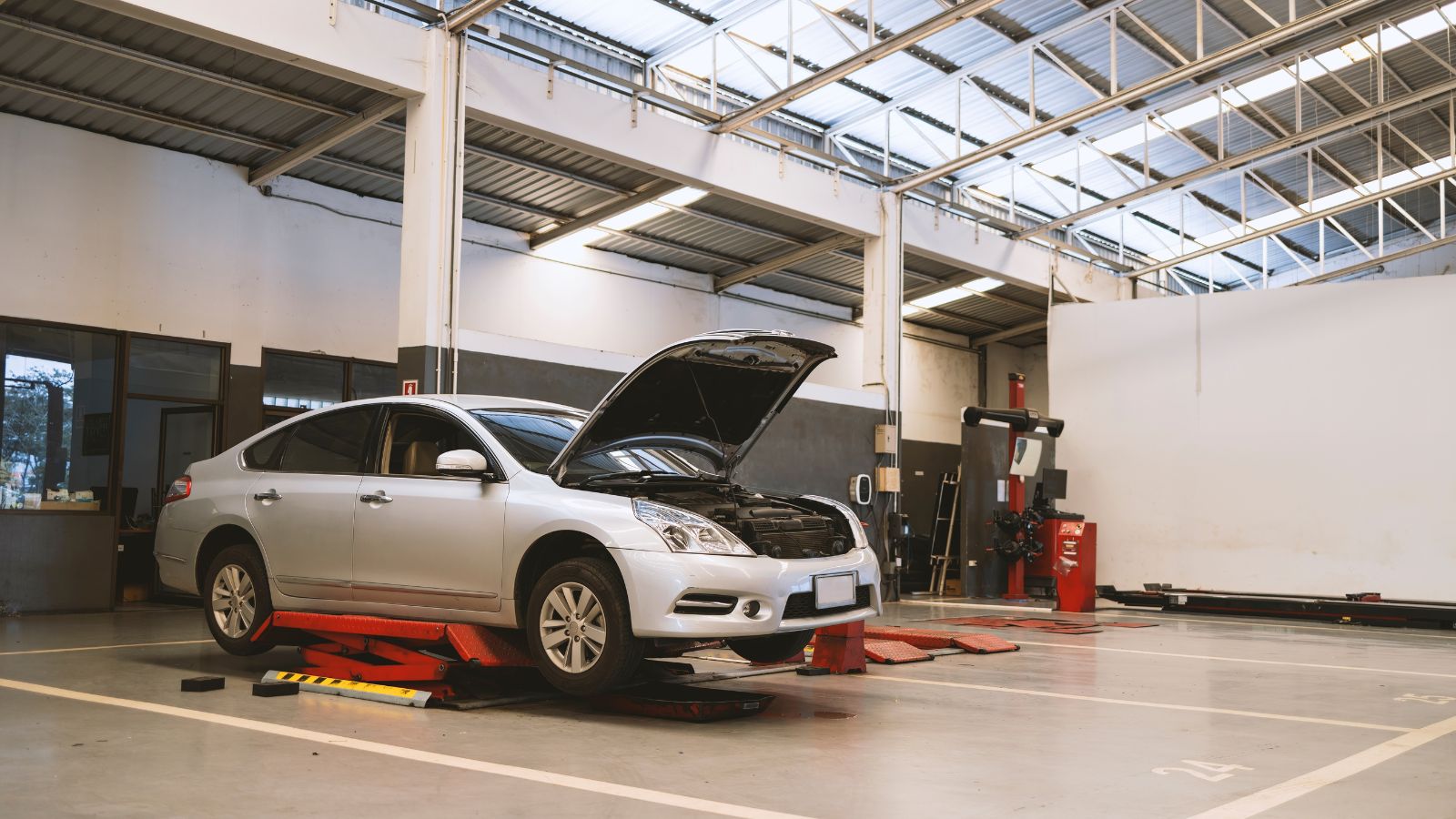
Reliability is a core feature that defines a vehicle. Over the last few decades, some vehicles have emerged as a reliable and durable option, standing out as workhorses that never quit. These vehicles not only prove themselves in terms of performance but transcend their role and become reliable partners, always fulfilling their role. Here are 12 Cars known for their unbreakable reliability.
12 Cars That Are Known for Their Unbreakable Reliability — They Just Don’t Quit
